Art School Trip To Rome
Rome is teeming with art, from Renaissance frescoes to contemporary galleries, classical statues to Baroque décor. A really unique experience for your art students. Learn more about this trip.
Highlights
Michelangelo’s ceiling fresco at the Sistine Chapel
Classical works at the Forum and the Capitoline Museums
Arte Povera and pop art at the Museum of contemporary art
Contemporary art and architecture at MAXXI
Hardenhuish SchoolWonderful support throughout the trip and excellent knowledge of the area visiting
Suggested itinerary
What's included*
*Please note, entrance fees where applicable are not included in typical price – contact us for more details
Recommended excursions
The Colosseum is the most spectacular surviving edifice of ancient Rome and the largest amphitheater in the world. See the arena where senators, Vestal Virgins and the masses watched gory gladiatorial conquests, battle reenactments, executions and mythological dramas. A visit here helps students to understand the importance of the spectacle in Roman society.
Overlooking the Forum, this was once the smartest address in the Roman Empire. Students can investigate the remains of extravagant palaces built here for emperors including Tiberius and Domitian. The hill is said to be where Romulus killed Remus in 735BC, and in 2007, a sacred sanctuary dedicated to the brothers was unearthed here beneath the house of Augustus.
Visit the centre of classical Rome with your students, and stand on the spot where the great orators made their names. Now a sprawling ruin of architectural fragments in the city centre, the Forum was the site of processions, elections, public speeches and criminal trials. Tip: A visit here is a good starting point for discussions on the life and times of Cicero.
The centre of the Roman Catholic Church is home to the awe-inspiring Renaissance masterpiece Basilica di San Pietro and the Vatican Museums, with rich collections from classical sculpture to Egyptian pieces, Renaissance paintings and the legendary Sistine Chapel. Students learn how the Vatican gained its position and explore its contemporary meaning.
Michaelangelo’s 16th-century ceiling fresco here is considered his best work and perhaps the greatest artwork of the Renaissance. Student can inspect his masterpiece, The Last Judgement, and other frescoes in the chapel by Botticelli, Perugino, Pinturicchio and Ghirlandaio.
This fountain at the junction of three roads – tre vie – marks the end point of one of the aqueducts that supplied water to ancient Rome. Completed in 1762, it’s a baroque extravaganza of carved seashells, sea beasts and mermaids incorporated in a stately triumphal arch. It famously featured in the films Three Coins in the Fountain and La Dolce Vita.
Students on their own ‘Grand Tour’ can join the likes of writers Byron and Honoré de Balzac in being inspired by the view from the longest and widest staircase in Europe. The hillside was transformed in 1723 – 1725 in honour of a diplomatic visit by the king of Spain, with the staircase linking the Piazza di Spagna to the Trinita dei Monti church.
Set in an eighteenth-century convent, this gallery has many fine examples of neoclassical and Romantic paintings and sculptures. Students can follow the dramatic change from the glories of the Renaissance and ancient Rome to more recent pieces of work by artists including Balla, Boccioni, Giorgio de Chirico, Fattori, Modigliani and Morandi.
Set in a redesigned Peroni beer factory, this museum is a refreshingly contemporary offering from Rome’s gallery scene. Its permanent collection includes a selection of some of the most significant expressions of the Italian art scene since the 1960s, such as the group Forma 1, with works by Carla Accardi and Antonio Sanfilippo, arte povera and pop art.
The Galleria Borghese is set within the Villa Borghese Pinciana, renowned for its gardens. A substantial part of the Borghese collection of paintings, sculptures and antiquities come from the 1st-3rd centuries AD including classical and neo-classical sculptures such as the Venus Victrix and a beautiful ceiling fresco by the Sicilian artist Mariano Rossi.
This centre for contemporary creativity is housed in daring structure – composed of overlapping tubes – designed by Zaha Hadid. Committed to experimentation and innovation, it consists of two museums – MAXXI art and MAXXI architecture. It also features an auditorium, a library and spaces for temporary exhibitions, performances and educational activities.
This little modern-art museum, named after the entrepreneur whose collection it houses, is set in the Orangery of Villa Borghese. The permanent collection features modern and pop art favorites including Giorgio di Chirico and Roy Lichtenstein, while its temporary shows focus on international names such as Willem de Kooning, Damien Hirst and Philip Guston.
This is the mother church of the Jesuits in Rome built in 1568. It is lavishly decorated in Baroque style. The frescoes by Baciccia on the dome depict The Triumph of the Name of Jesus. A beautifully decorated chapel is the resting place of St Ignatius of Loyola.
These museums are situated on Capitoline Hill and contain Roman works of art and archaeological discoveries that have been collected since 1471. Exhibits include the bronze Etruscan she-wolf suckling Remus and Romulus which is the emblem of Rome. There are classical statues and the gallery includes works by Caravaggio, Tintoretto and Titian.
This is one of Italy’s most important art collections housed in the 17th century Barberini Palace, an architectural gem in itself with beautiful frescoes. The collection includes the renowned Fornarina by Raffaello and paintings by Tiziano and Caravaggio and a Holbein painting of Henry VIII.
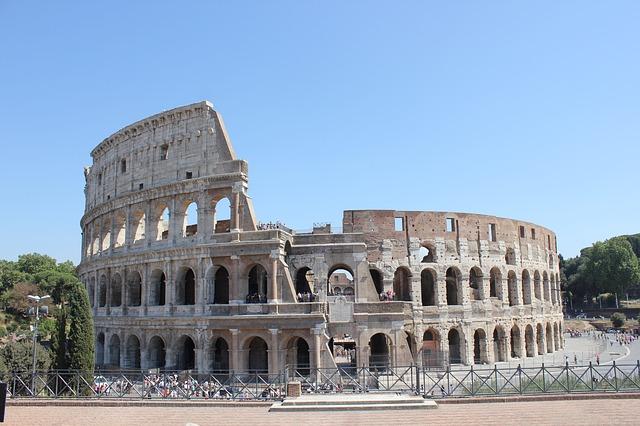

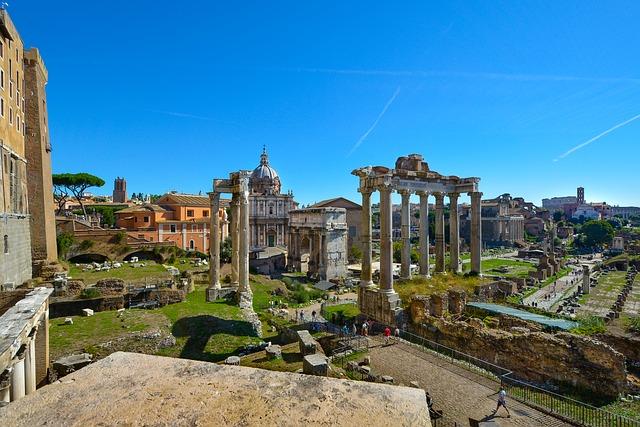


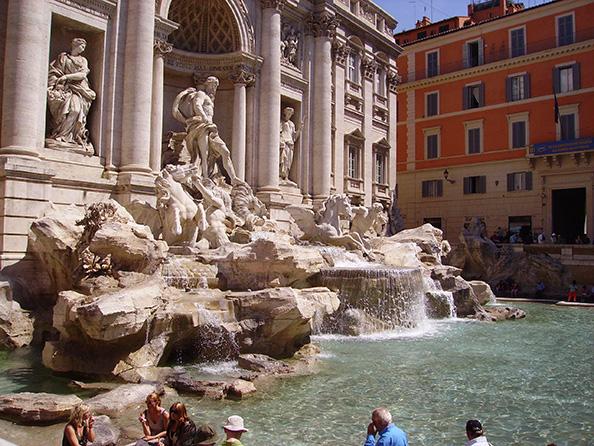



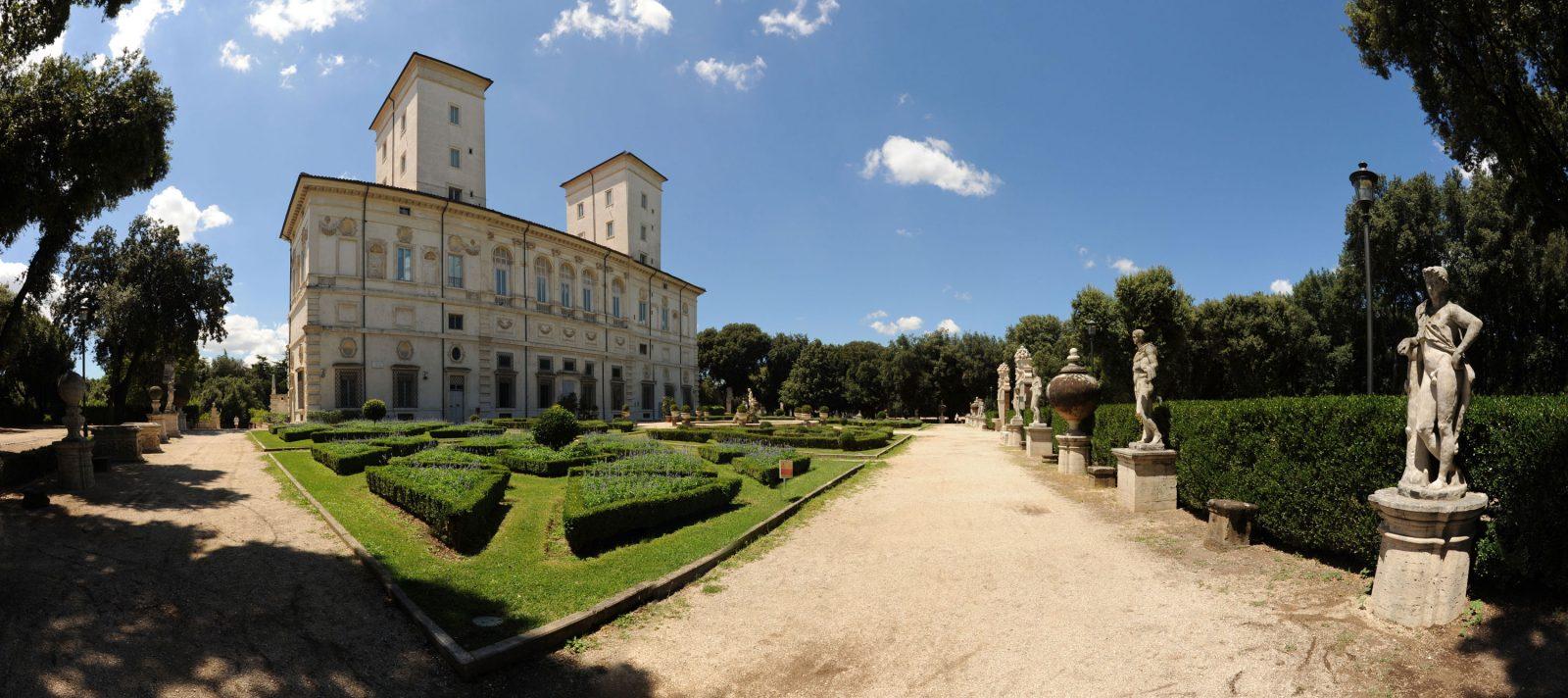
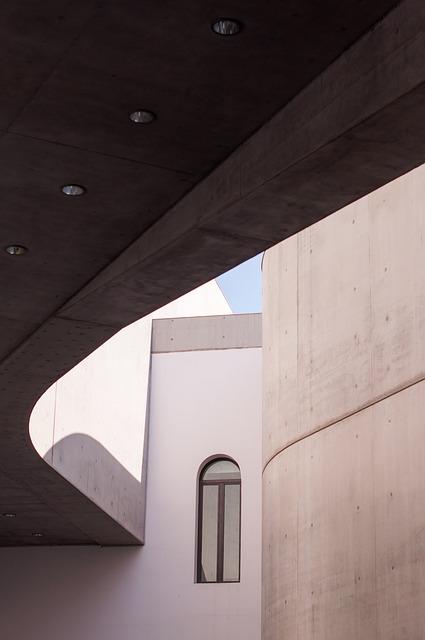

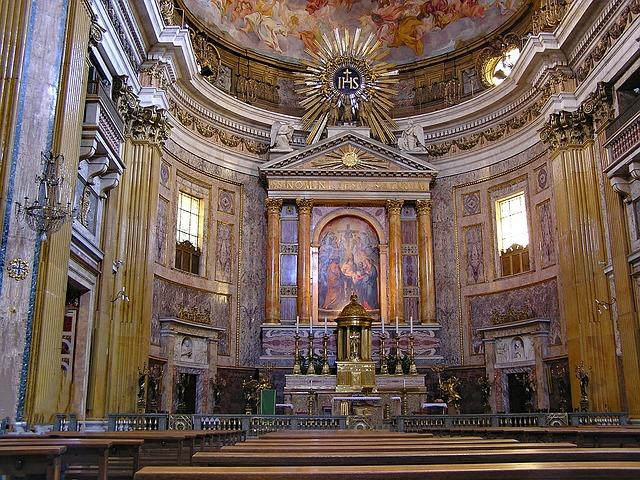


Typical accommodation
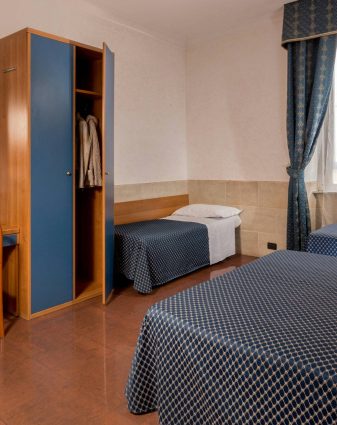
Why groups like it:
Facilities:
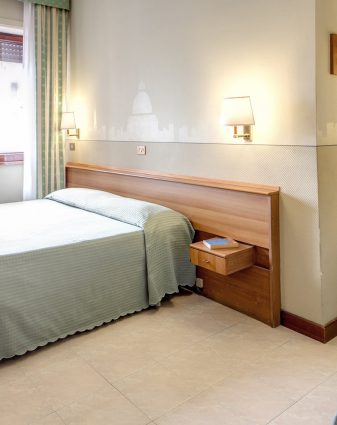
Why groups like it:
Facilities:
Learning outcomes
Subject focus
Students can:
- See a wide range of world-class religious and secular art
- Understand classical art, sculpture and architecture
- Consider the development of art through millennia
- Learn about the city that has provided the source for so much inspirational artwork throughout the Roman Empire
- Find inspiration for their own work
Student outcomes
Students will have had an opportunity to:
- View a wide range of inspiring works presentations and media
- Develop an understanding of the inspirations and techniques behind the works
- Encounter a range of influences to inform their own work



